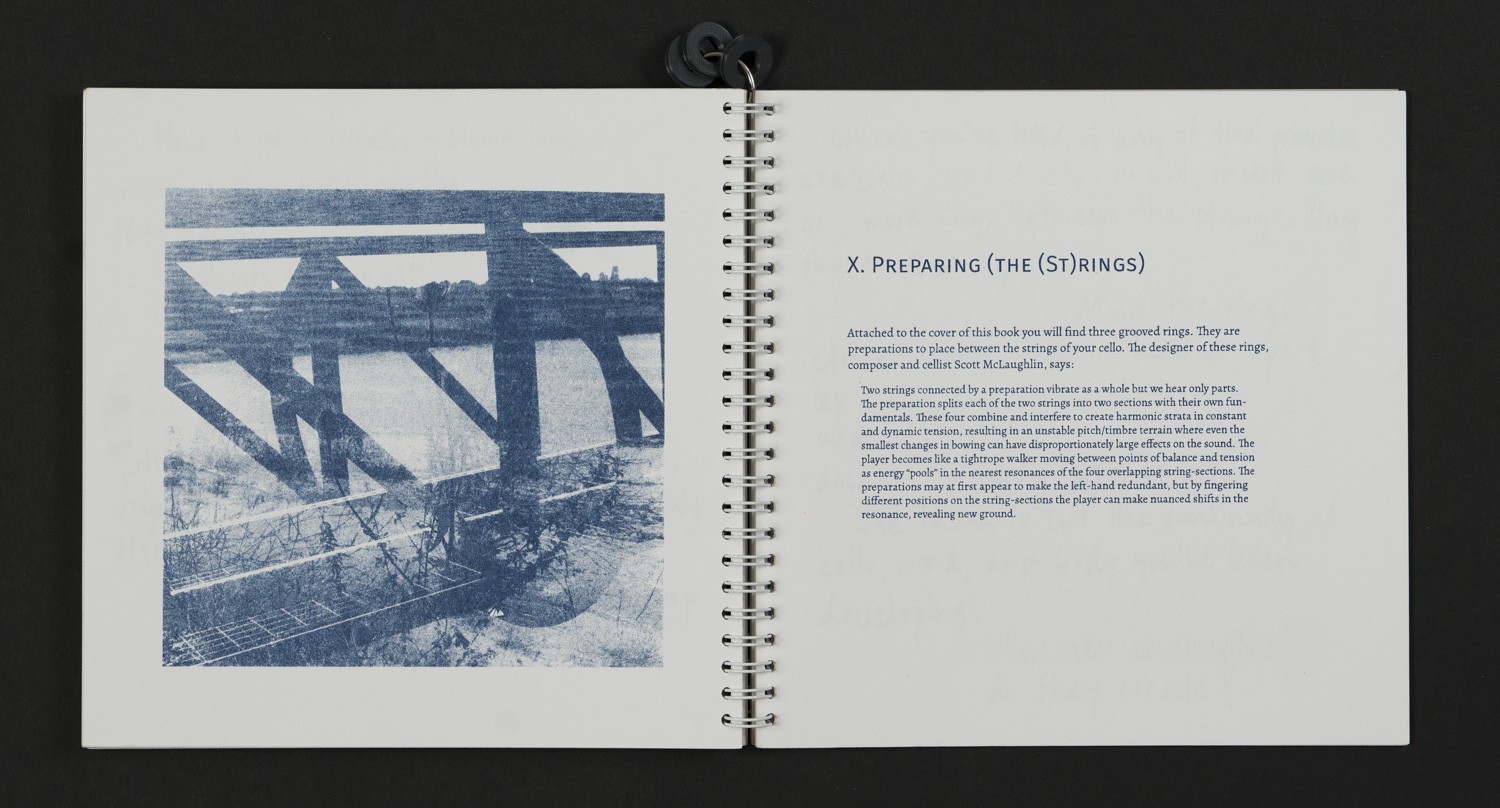Excerpts
From the Introduction
The well-worn path to learning and improving instrumental craft is a teleology: start simple; establish a technical foundation; develop the sensitivities, intelligence, and imagination; then make art. Many performers labor day in and day out over years or decades in the pursuit of the sort of mastery that this formula promises. Those who succeed, and many who don’t, enrich themselves and the world through musical experiences that can’t be had any other way.
Often what happens in the practice room on a daily basis reproduces this path in microform. As string players, we might warm up the hands and ears with long bows, move on to slow scales and arpeggios, gradually speeding things up and working out technical kinks that come and go, like bowing or left hand shifts. We might focus on something particular over the course of a few days or weeks, like improving our sound, or refining such-and-such a technique for particular pieces. And of course we work on those particular pieces, or tunes, or improvising on something or other, to prepare for concerts or recordings or what have you. Then, according to conventional wisdom, comes what really counts: performance onstage or in the recording studio.
This is not by any means a bad narrative. I partake of it happily. (Not because I presume to be a master – far from it. I simply mean that the practice –> mastery narrative has helped me do what I can do.)
But there is a tiny glitch in the story: warming up, the stuff that comes first, tends to get gotten through without much reflection. Both over the long term and over the course of the day, it serves the purpose of awakening and preparing the player-instrument coupling just enough to enable the more important stuff that comes later: playing (something) well. And then it is forgotten.
In my practice of practising, I have gradually come to treasure that stuff that comes first: breathing, balancing, tuning, the primary contact of hair and fingers to string. There is a great deal to learn about one’s instrument, one’s body, and one’s perceptual processes by dwelling a while in one’s warming up. There is also a great deal of aesthetic potential. So this book is about deepening, sharing, and rethinking my warmup. And your warmup. And the activity of warming up in general.
It’s not a book of études in the usual sense, because it doesn’t really prepare you for playing anything other than itself. And it is certainly not a method book; I have far more authority in the area of moustache waxing than cello technique! On the other hand, the stuff it addresses is so basic that maybe it can prepare you for anything (even though there is little here to “apply” per se). You will see.
At any rate, the hope is that sharing your time with these exercises will occasion digging into the materials, sounds, and movements in your habitual musical environment in ways you might not have before. Over time it might help you remove barriers in your playing and imagination. Have fun excavating.

















